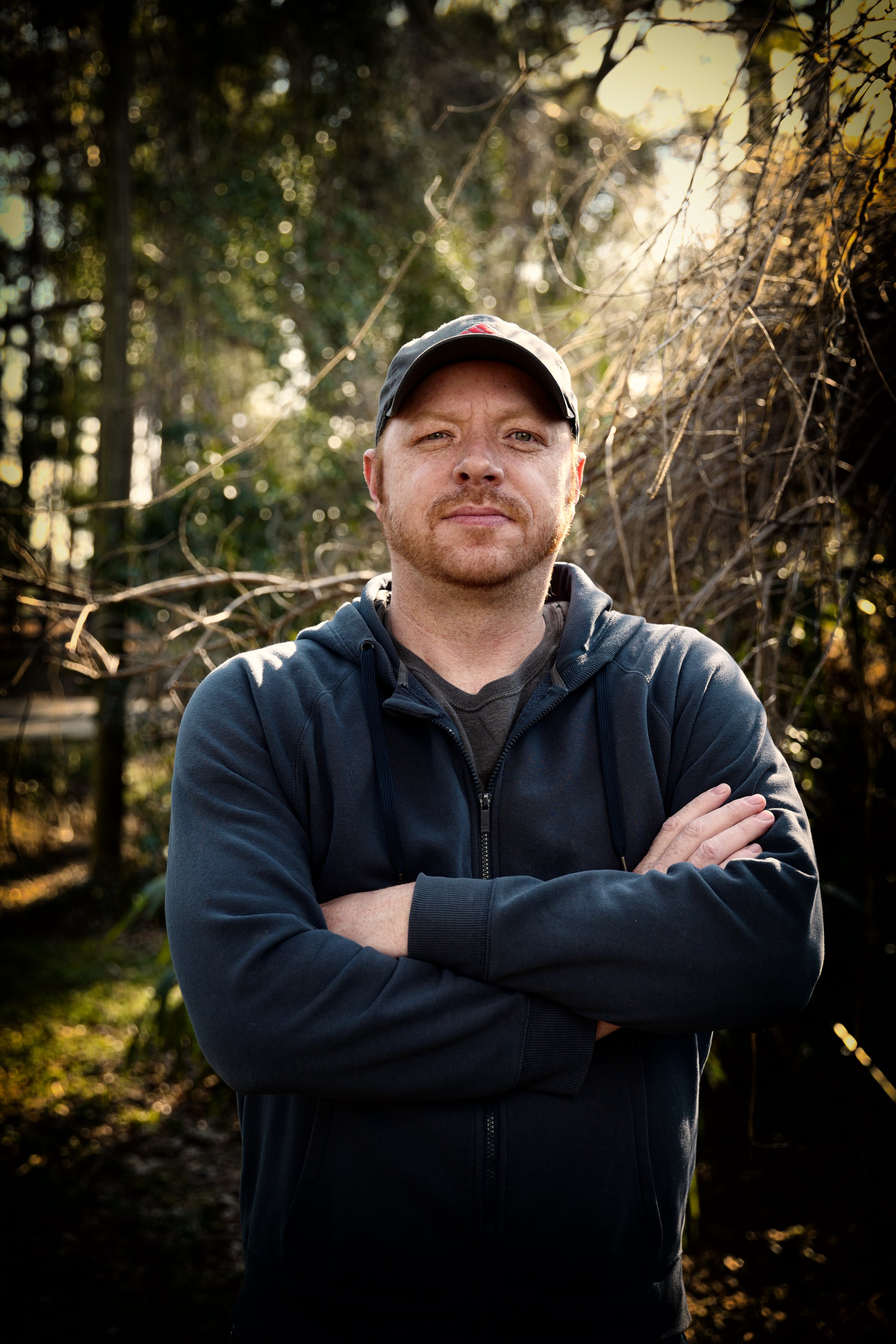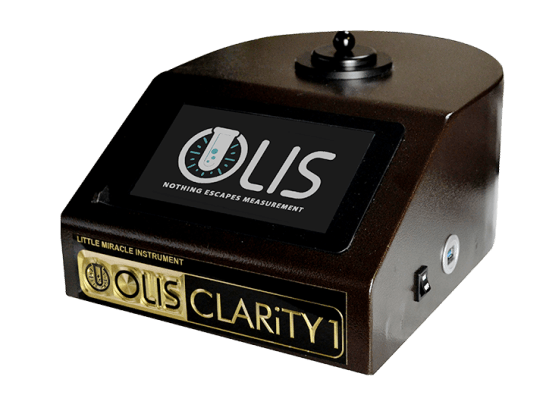Not known Details About Spectrophotometers
Not known Details About Spectrophotometers
Blog Article
Uv/vis/nir Can Be Fun For Anyone
Table of ContentsThe Main Principles Of Spectrophotometers Uv/vis/nir - TruthsThe Definitive Guide for SpectrophotometersSpectrophotometers Fundamentals ExplainedThe Main Principles Of Uv/vis/nir

Spectrophotometry is a tool that hinges on the quantitative analysis of molecules depending on how much light is absorbed by colored substances.
Uv/vis for Beginners
A spectrophotometer is commonly utilized for the measurement of transmittance or reflectance of services, transparent or nontransparent solids, such as refined glass, or gases. Numerous biochemicals are colored, as in, they take in visible light and therefore can be measured by colorimetric procedures, even colorless biochemicals can often be converted to colored substances suitable for chromogenic color-forming responses to yield compounds ideal for colorimetric analysis.: 65 Nevertheless, they can also be designed to determine the diffusivity on any of the noted light ranges that generally cover around 2002500 nm utilizing different controls and calibrations.
An example of an experiment in which spectrophotometry is used is the determination of the stability constant of a solution. A particular chemical response within a solution might take place in a forward and reverse instructions, where reactants form products and products break down into reactants. Eventually, this chemical reaction will reach a point of balance called a balance point.
Circular Dichroism for Dummies
The quantity of light that travels through the service is indicative of the concentration of specific chemicals that do not enable light to go through. The absorption of light is due to the interaction of light with the electronic and vibrational modes of molecules. Each kind of molecule has a specific set of energy levels related to the makeup of its chemical bonds and nuclei and therefore will absorb light of particular wavelengths, or energies, leading to unique spectral residential or commercial properties.
They are commonly used in numerous industries consisting of semiconductors, laser and optical production, printing and forensic evaluation, as well as in laboratories for the research study of chemical compounds. Spectrophotometry is frequently utilized in measurements of enzyme activities, determinations of protein concentrations, decisions of enzymatic kinetic constants, and measurements of ligand binding reactions.: 65 Ultimately, a spectrophotometer is able to figure out, depending on the control or calibration, what compounds are present in a target and precisely how much through computations of observed wavelengths.
Invented by Arnold O. Beckman in 1940 [], the spectrophotometer was produced with the look at more info aid of his associates at his company National Technical Laboratories established in 1935 which would become Beckman Instrument Company and eventually Beckman Coulter. This would come as a solution to the previously created spectrophotometers which were unable to soak up the ultraviolet properly.
The Facts About Circular Dichroism Uncovered
It would be found that this did not give satisfactory outcomes, for that reason in Model B, there was a shift from a glass to a quartz prism which allowed for better absorbance results - circular dichroism (https://www.magcloud.com/user/olisclarity1). From there, Model C was born with a change to the wavelength resolution which wound up having 3 systems of it produced
It was produced from 1941 to 1976 where the price for it in 1941 was US$723 (far-UV devices were a choice at additional cost). In the words of Nobel chemistry laureate Bruce Merrifield, it was "probably the most essential instrument ever developed towards the development of bioscience." Once it became ceased in 1976, Hewlett-Packard created the first commercially readily available diode-array spectrophotometer in 1979 called the HP 8450A. It irradiates the sample with polychromatic light which the sample soaks up depending upon its homes. Then it is sent back by grating the photodiode selection which detects the wavelength area of the spectrum. Ever since, the development and application of spectrophotometry gadgets has increased tremendously and has turned into one of the most innovative instruments of our time.

Not known Incorrect Statements About Uv/vis
Historically, spectrophotometers use a monochromator including a diffraction grating to produce the analytical spectrum. The grating can either be movable or fixed. If a single detector, such as a photomultiplier tube or photodiode is used, the grating can be scanned step-by-step (scanning spectrophotometer) so that the detector can measure the light strength at each wavelength (which will correspond to each "action").
In such systems, the grating is repaired and the intensity of each wavelength of light is determined by a various detector in the range. Furthermore, most modern-day mid-infrared spectrophotometers use a Fourier transform strategy to obtain the spectral information - https://www.4shared.com/u/FvsNFVfH/julieanndesalorenz30606.html. This technique is called Fourier transform infrared spectroscopy. When making transmission measurements, the spectrophotometer quantitatively compares the portion of light that passes through a referral service and a test service, then digitally compares the intensities of the two signals and computes the portion of transmission of the sample compared to the reference standard.

Report this page